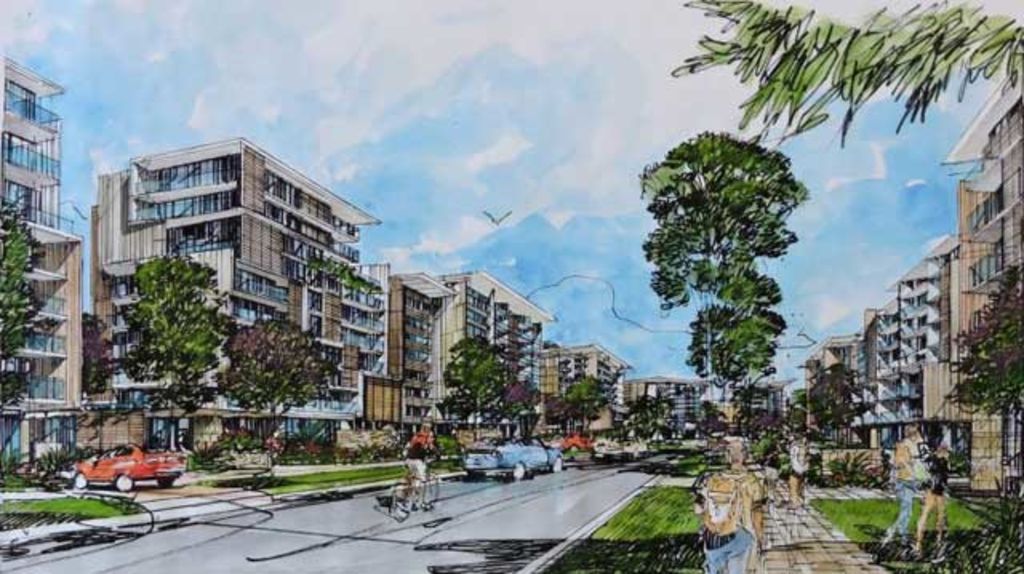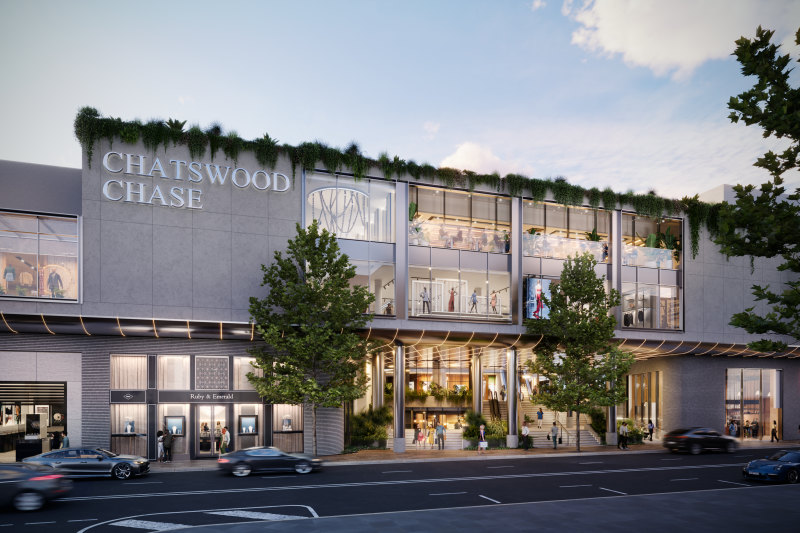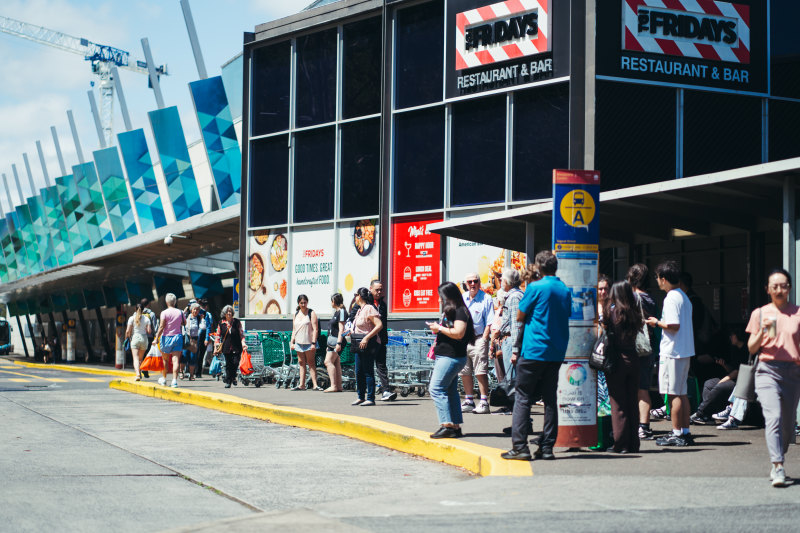
Castle Hill residents team up to entice developers with a mega lot of 90 homes
Kate Burke
A bid by almost 90 Castle Hill homeowners to sell their properties off in one mega lot may sound like a developer’s dream, but it may not be the “street of gold” strategy residents are banking on.
Local resident John Allen said the group of neighbours, who have combined their land in a bid to have their current medium-density zoning upgraded to allow high-rise development, were offering a chance to create a masterplanned community.
The nine-hectare site is located south of the new Showground Station and forms part of a Priority Precinct being planned by the State Government.
 This map highlighting the landowners as represented by APP, was in a submission to the Planning and Environment department on behalf of the Showground Landowners. Photo: APP
This map highlighting the landowners as represented by APP, was in a submission to the Planning and Environment department on behalf of the Showground Landowners. Photo: APP
But experts question whether there are any developers who could actually afford the site, let alone handle the ‘logistical nightmare’ of selling so many individually-owned homes.
While smaller group sales in Sydney have successfully lured in developers, Savills Sydney’s residential site sales director Stuart Cox believed the sheer size of the block would deter most developers.
“What they’ve put together, it’s too big – it would be better off in smaller chunks,” Cox said.
 How the Showground Station at Castle Hill could look. Photo: Transport NSW
How the Showground Station at Castle Hill could look. Photo: Transport NSW
“Over the last couple of years we have undertaken six amalgamated sites across the Sydney metropolitan area with the majority for sale being for five to 10 dwellings, which is a manageable size,” he said. “Owners can come away with two to three times the current market value.”
If the group of neighbours managed to sell their homes at three times the value of Castle Hill’s median house price, the entire block would sell for around $350,000,000.
But Cox said there was a “minute amount of developers” who could afford to take on the nine-hectare site, which he believed could potentially house 2000 units and take from six to eight stages to build.
 An aerial view of Castle Hill where several groups of residents have joined together to sell off their properties. Photo: Transport for NSW.
An aerial view of Castle Hill where several groups of residents have joined together to sell off their properties. Photo: Transport for NSW.
“You’re really limiting the buyer pool when it comes to a site of that scale … It’s almost unsellable,” he said.
While managing director of CBRE Western Sydney Frank Oliveri thought the site could be of interest to both local and international buyers, he agreed that few would be able to afford it.
“The larger the site gets the smaller the developer pool gets … when you’re looking at a site that has 90 homes and will potentially cost a few hundred million, you are reducing the potential amount of buyers,” he said.
 An artist impression of Showground Station at Castle Hill. Photo: Transport for NSW
An artist impression of Showground Station at Castle Hill. Photo: Transport for NSW
Oliveri noted that while some areas, such as a piece of land CBRE sold on behalf of Hills Shire council for over $100 million last year, demonstrated high demand for quality sites close to new infrastructure, there were also a number of lots that were still sitting on the market.
“For every one success I’d suggest there are five-plus groups that have attempted to consolidate with neighbours and have been unsuccessful for a range of reasons, but generally getting all owners on the same commercial terms at the same price is somewhat difficult,” Oliveri said.
There are currently at least seven other sites on the market in Castle Hill consisting of three or more houses being sold together.
Added to the issue of selling such a large property, is the risk potential developers would be taking to buy a block before it had been rezoned.
“If the planning controls are unknown with council, it becomes a risk for the developer, but also a risk for the property owner because they are committed to a contract with this developer and they will not know for some time if the developer will be able to achieve the key objective or density they require to make the site stack up,” Oliveri said.
He said that the group of residents would be committing their property to a time frame without knowing what the future held.
“If they’re [developers] offering a certain amount of money for five stories, but only get approval for four, they could pull out,” he said.
Listing agent Leanne Nehme, from LJ Hooker Baulkham Hills, said they were aiming to secure a sale within the next year, but both Oliveri and Cox said it could take years before residents were given any certainty over the rezoning of the site.
Cox said that for the planning proposal it could take a minimum of two to three years for the area to be rezoned to high density. He added that developers would probably look to pre-sell in stages and that the home owners could also have to work out who was paid out first.
But Allen was confident the site would be given the zoning needed for their masterplanned community, which he says would have room for a 1.5 hectare park and be more appealing to the community and homeowners than townhouses or terraces.
“We’ve been talking to state and local government and they’ve been encouraging us to do it; it would be a lot better result than a two-hectare development.”
Hill Shire mayor Dr Michelle Byrne said council supported the sale within the State Government’s planned precinct, which represented an opportunity for better masterplanning and could lead to better diversity of housing, greater open space and better urban design.
She noted that the sale was not about zoning and densities but rather the opportunity to potentially deal with one land owner to deliver an outcome that provided greater certainty for all stakeholders.
“The zoning and development controls should only be ‘switched on’ once the development outcome is assured. I am certain the (Planning) Minister has heard us and we will work tirelessly with him to achieve that result,” Mayor Byrne said.
Nehme said the deal, which took 12 months to arrange, was now being offered to local and international developers.
“We’re profiling suitable developers,” she said. “Then approaching them directly to see what they come up with.”
Oliveri commended the fact the group of homeowners had signed a Memorandum of Understanding (MOU), which he said would need to have clear parameters and “give a bottom line for the selling price, a bottom deposit and also suggest that longest settlement they’re willing to accept.”









